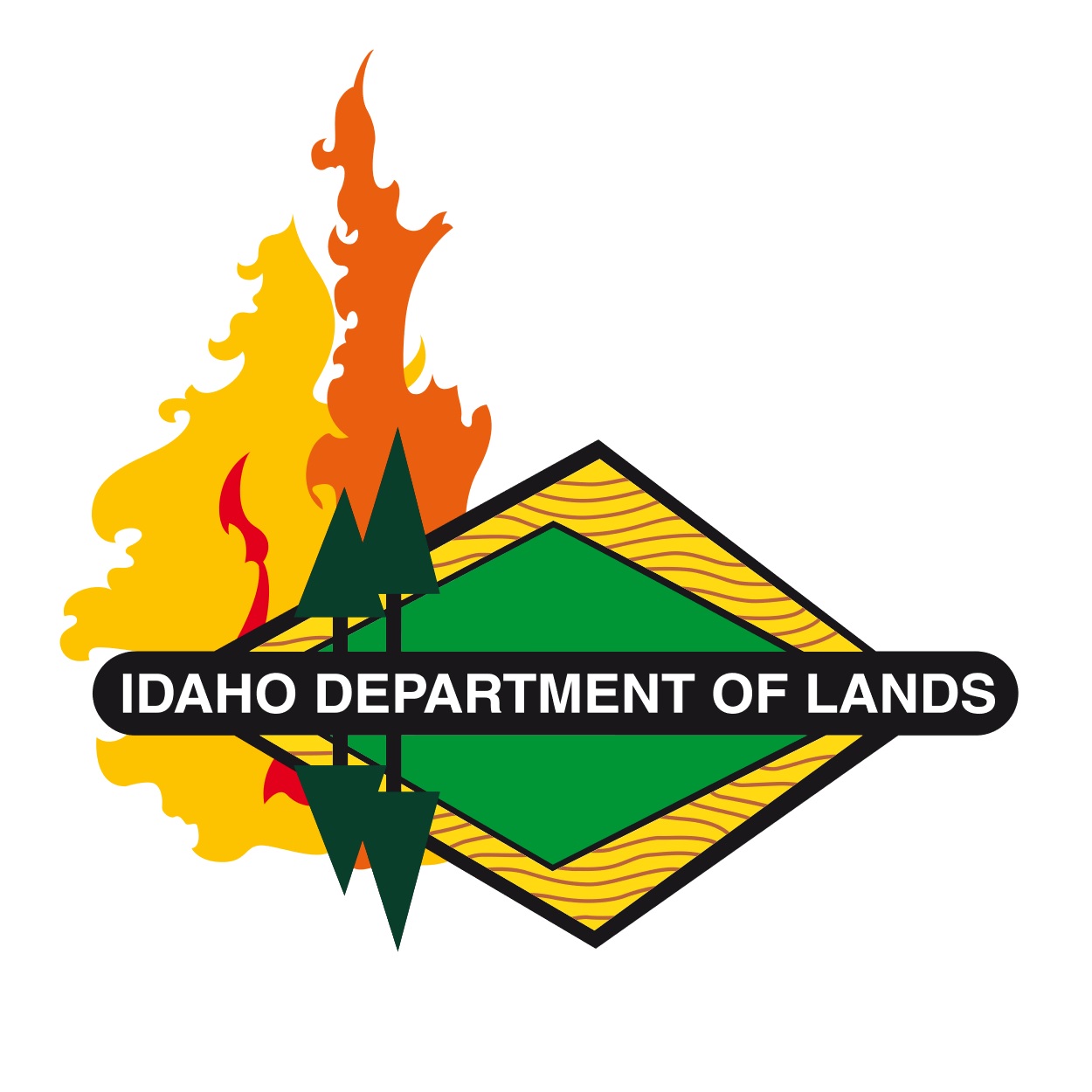More than 600,000 tree seedlings planted after insects kill trees in Idaho forest
Thursday August 11, 2022(Boise, Idaho) Converting an all-but-dead timberland at risk of significant wildfire into a strong future forest is a massive undertaking, but the Idaho Department of Lands is one step closer to achieving that in the Packer John State Forest. This spring 610,300 seedlings were planted over nearly 2,000 acres. Now those baby trees are growing thanks to a nearly $300,000 grant from the Arbor Day Foundation.
Watch video on YouTube or download broadcast-quality b-roll, interview and photos on Dropbox.
A major Douglas-fir tussock moth infestation peaked in Packer John in 2019 and was the final blow to the forest’s health after several years of drought and previous insect damage. This was also devastating for Idaho Public Schools, as these schools are the owners/beneficiaries of the land and the funding grown out of timber. The forest was made up mainly of Douglas-fir, subalpine fir, and grand fir, which are susceptible to tussock moth damage.
With that in mind, the Idaho Department of Lands was quick to sell the damaged timber for wood products in what are called salvage sales. That made it possible to get as much value out of the trees as possible, as well as remove the significant wildfire risk.
All trees within the salvage sale areas were harvested except for ponderosa pine and spruce trees which are not preferred by tussock moth. Those species make up a small percentage of trees within the harvest areas, leaving a mostly blank canvas for a new forest. The new trees will be more ponderosa pine and western larch.
“What we are doing is very unique because the vulnerable trees are gone and will be replaced,” said Tyler Nelson, Idaho Department of Lands Forest Management Program Manager. “It will take time for these trees to grow, but as they do, they will hold strong against the insects and disease which are natural to these areas, but don’t feed off of the new trees.”
A grant from the Arbor Day Foundation totaling $296,600 covered the cost of the more than 600,000 trees. IDL was selected for the grant because of the unique nature of the project, which is to ensure that land impacted by the tussock moth outbreak can be restored to a healthy and functional forest by essentially starting over with tree species better adapted to the site.
The next steps involve the monitoring of the plantations for seedling survival. Seedlings will be watched closely throughout the summer, focusing on root development and fall bud set. Next spring the planting will be surveyed for first-year survival. During this survey if any areas of mortality are detected IDL will have the opportunity to sow additional seedlings to fill in the holes. The plantation will be surveyed again at three years following planting. This survey will provide reassurance that the seedlings have established to the site or whether further silvicultural treatments will be necessary.
Three crews from Alpha Services assisted in the planting project. There were 32 planters and 3 foremen. The crews planted an average of 63,000 seedlings per day.
###
CONTACT
Robbie Johnson
Public Information Officer
Idaho Department of Lands
(208) 908-1786
rjohnson@idl.idaho.gov

